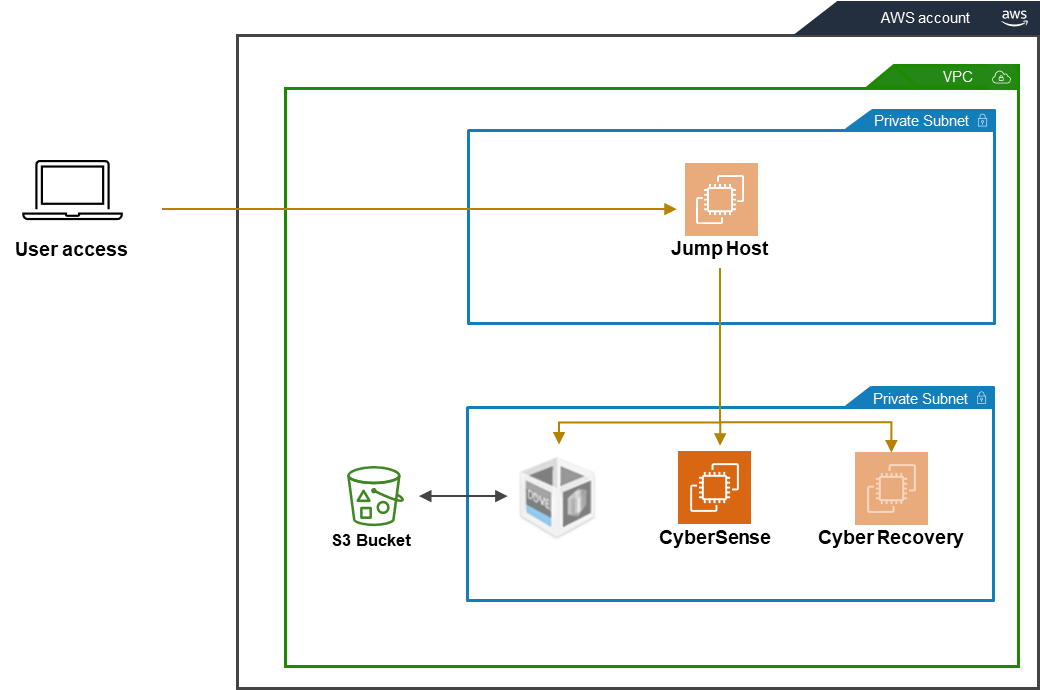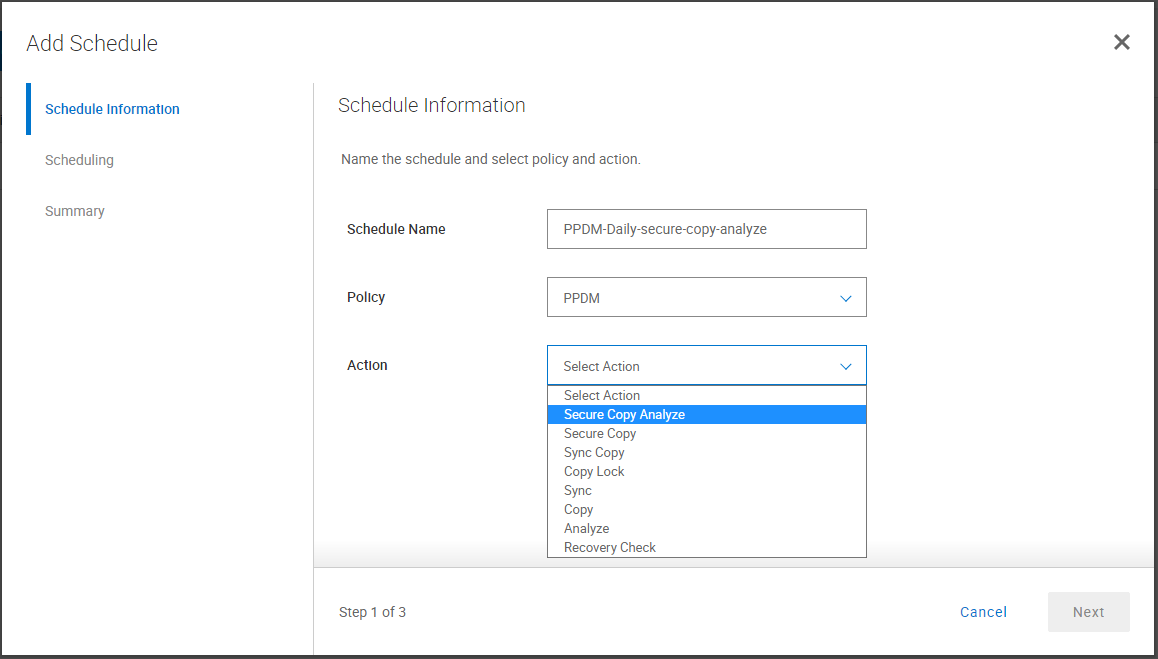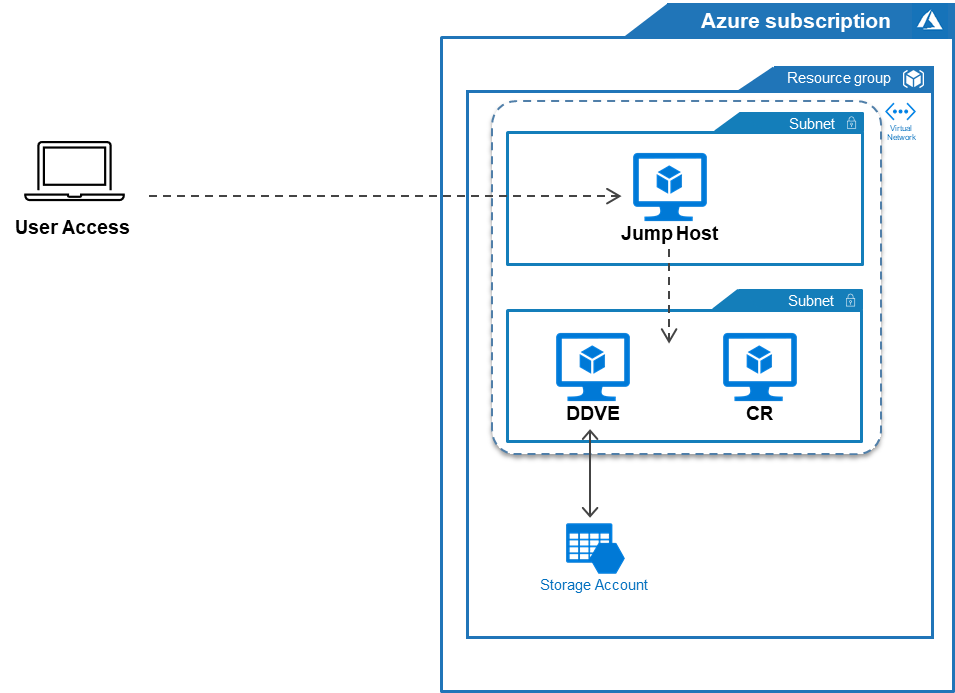Blogs
Short articles related to PowerProtect Cyber Recovery.

Part 2 – PowerProtect Cyber Recovery – Abilities and Improvements in the Cloud
Mon, 24 Oct 2022 18:43:01 -0000
|Read Time: 0 minutes
In my previous blog I talked about the new abilities on the cloud for the PowerProtect Cyber Recovery 19.11 release, which also covered Cyber Recovery on Microsoft Azure.
This time I want to focus on the latest release of Cyber Recovery 19.12 that supports a Google Cloud Platform (GCP) deployment with the entire Cyber Recovery Vault content.
As in AWS and Azure, the architecture remains the same: there’s a dedicated VPC with a Cyber Recovery Jump Host running in its own isolated subnet, and another isolated subnet that runs the Cyber Recovery Management Host and the Vault DDVE. The entire solution is secure with GCP firewall rules that prevent access to the vault. Only the Cyber Recovery Jump Host can access the Cyber Recovery Management Host and Vault DDVE.
You’ll notice in the following architecture diagram that the vault has a second VPC with a subnet, which doesn’t exist in the AWS or Azure deployments. That’s because this is how GCP handles and allows the DDVE to have another NIC (that’s intended for replication).

The deployment process is similar to the deployment process for other cloud platforms and is based on a template that deploys the entire Cyber Recovery Vault and its components.
Note: Deploying PowerProtect Cyber Recovery in the cloud must be performed by Dell Technologies Professional Services.
Now that we’ve talked about GCP, we should talk about CyberSense on AWS, which I know a lot of people have been waiting for. Starting in the Cyber Recovery 19.12 release, CyberSense 8.0 is also available for deployment on AWS using an AMI that can be shared with the customer’s AWS account.
Cyber Recovery users who run their vault on AWS can now deploy CyberSense in their vault, connect it to their Cyber Recovery Management Host, and use it to analyze their CR copies.
CyberSense was improved for this release and uses DDBoost (instead of just NFS) to read data from the DDVE, to make the analysis process much faster!

There’re other exciting new features coming out in Dell PowerProtect Cyber Recovery and CyberSense – so make sure to check out the latest release notes and documents.
Resources
Additional interesting resources can be found here:
Author: Eli Persin, Principal Systems Engineer

PowerProtect Cyber Recovery – Abilities and Improvements in the Cloud
Mon, 20 Jun 2022 19:01:06 -0000
|Read Time: 0 minutes
As part of organizations’ cloud journey, their presence in the cloud is increasing and they are running their development and production environment, or some of it, in the cloud.
Although running in the cloud has its own benefits, the need for cyber recovery abilities doesn’t change from on-premises to cloud, because the dangers remain the same.
Organizations understand the benefits and contributions of a working cyber recovery solution. And PowerProtect Cyber Recovery provides them exactly that, and it’s already supported on AWS.
The design is simple – organizations run their Cyber Recovery vault on their AWS cloud account. Their production site is also in the cloud. The production and the vault can be deployed in different regions or even using different cloud accounts. (It is also possible to run the Cyber Recovery vault on the cloud in conjunction with an on-premises production environment, but this option is less recommended). The production data could be protected with PowerProtect Data Manager (for example) with PowerProtect DDVE and replicated to the vault DDVE.
Until the recent PowerProtect Cyber Recovery 19.11 release, these environments were missing an important component that completes the solution on the cloud – CyberSense.
CyberSense will soon be supported on AWS, so you will be able to deploy it as an EC2 instance and be able to analyze their copies.
New also to the PowerProtect Cyber Recovery 19.11 release is the ability to use the “Secure Copy Analyze” action, which saves you from having to run “Secure Copy” first, followed by “Analyze” on the copy itself after it’s created.


You can now simply select “Secure Copy Analyze” to combine both actions:

You can also change their two “Secure Copy” and “Analyze” schedules to a single “Secure Copy Analyze” schedule. This means that if you have multiple sites replicating to the vault or multiple policies, you’ll be able to reduce the number of schedules that you need to maintain.

These new features are exciting on their own, but why stop there?
PowerProtect Cyber Recovery 19.11 also allows you to deploy the Cyber Recovery solution on Azure! Here’s a simplified view:

In this figure, notice that the Cyber Recovery components are the same as those in the on-premises and on AWS deployments. The Cyber Recovery host and a PowerProtect DD system are on an isolated subnet, and the Jump host is on another isolated subnet providing access to the Cyber Recovery server and the DDVE. (CyberSense is not supported yet on Azure.)
Note: Deploying PowerProtect Cyber Recovery in the cloud must be performed by Dell Technologies Professional Services.
Resources
Additional interesting resources can be found here:
Author: Eli Persin
